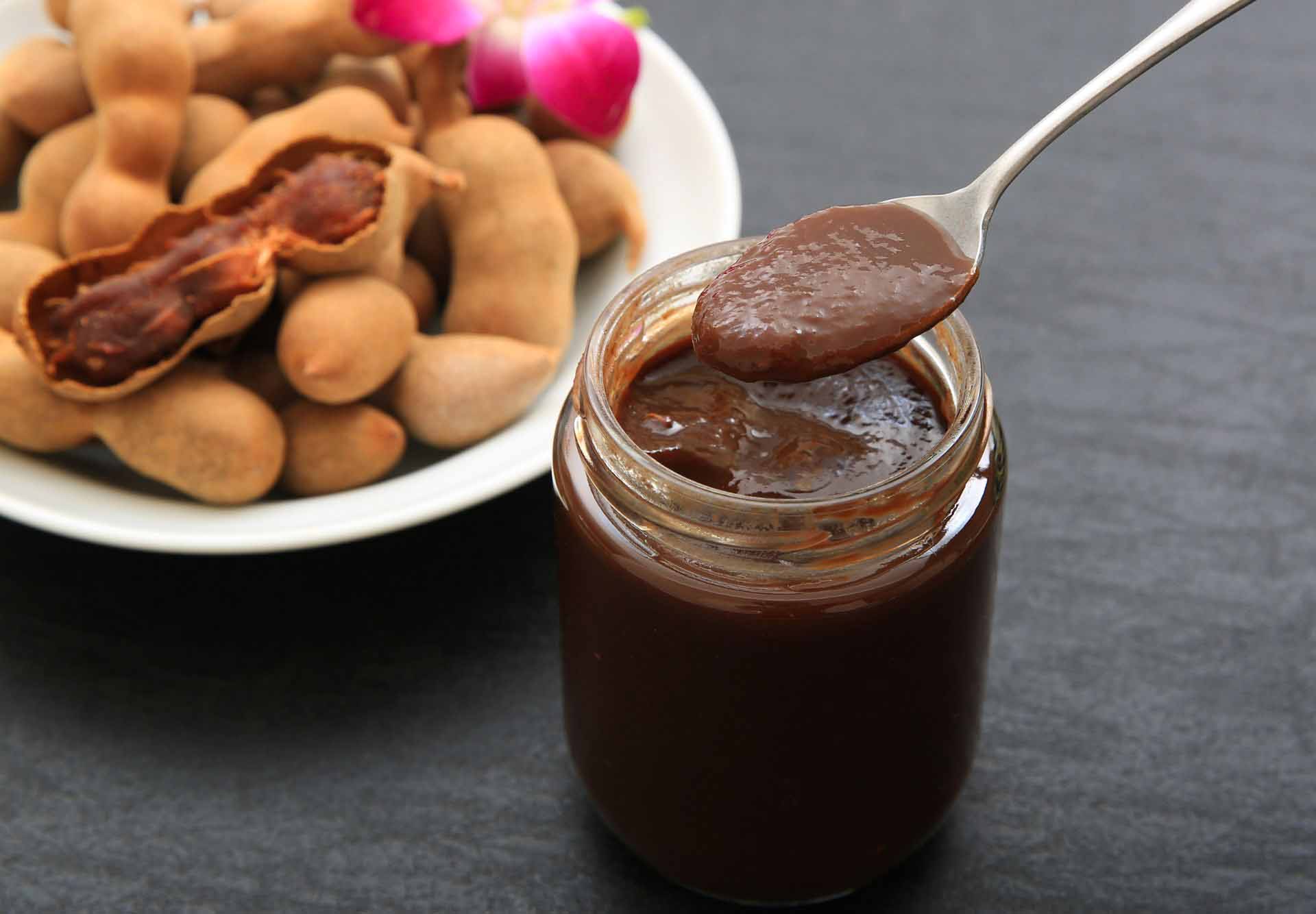Pad Thai, the popular Southeast Asian dish, is incomplete without the rich flavor of tamarind paste. This fruit is a popular ingredient not only in Thai cuisine but also in Indian, Middle Eastern, and Caribbean cooking.
This brief article will provide all the information you require regarding this often-overlooked flavoring substance.
What is Tamarind?
The tamarind tree originates in the African rainforests. Its brown pods contain a pulp that is both sour and sweet, like a combination of a lime and a prune. The pods have a similar appearance to long, smooth brown peanuts. A seed is nestled in each section’s center of the fruit pulp.
There is a distinct sourness to the overall taste, though it differs from the sourness of citrus fruits like lemons and limes. This distinctive taste is highly regarded by chefs from all over the world.
How To Use It?
There are many ways to use tamarind in the kitchen, from chutneys in India to pickled ingredients in the Middle East to sodas and beverages in Latin America. It’s also an essential component of Worcestershire sauce, a condiment well-known across the United States.
It’s used to give soups and noodle dishes like pad thai a sweet and sour kick in Southeast Asian cuisine.
Fresh tamarind fruit, after being peeled, can be boiled or soaked in warm water to soften the pulp. Soups, stews, sauces, etc., can all benefit from the addition of tamarind pulp and juice, obtained after mashing and pressing the tamarind through a strainer.
You can replace the fresh pulp with dried tamarind or tamarind pulp. The dried stuff is sold in blocks of 250-500g (about 1 pound). First, the block would need to be broken up into smaller pieces before they could be soaked in hot water. The resulting liquid can be used several ways once it has been strained.
The most common form of tamarind sold in jars at Asian supermarkets near us is tamarind paste or concentrate.
Although the flavor is less strong and pure than fresh juice or the soaked and strained dried pulp, it’s the most convenient option for adding tamarind flavor to your cooking.
Tamarind has a very potent and sour taste, so don’t use it too much. The interplay of sweet, salty, and savory flavors is essential in Thai cooking and can be used to offset the sourness of this ingredient.
Purchasing and Storing
Tamarind can be found in many different ethnic markets, from those specializing in Asian food to those specializing in Indian and Latin food.
If you can find it fresh at an Asian or Latin supermarket, you can easily make your paste home.
To prepare tamarind, you must remove the pods’ outer shells, discard the veiny fibers surrounding the seeds and pulp, and soak the tamarind in hot water for about an hour.
Then, mash the tamarind until the hard seeds remain in a fine-meshed strainer set in the soaking liquid.
Mix the pulp with the soaking liquid in a bowl to make a thin paste (for a thicker paste, use less water).
On the other hand, you can purchase pre-made paste in jars from stores or the internet. Always use a clean utensil and store it in the fridge once opened. It will keep for about a year in the fridge in an airtight container provided no contamination occurs during storage.
Tamarind Alternatives
The tamarind flavor is unlike any other, making it difficult to replace. Alternatives include pomegranate molasses and lime juice in equal parts or two parts lime juice to one part dark brown sugar.
